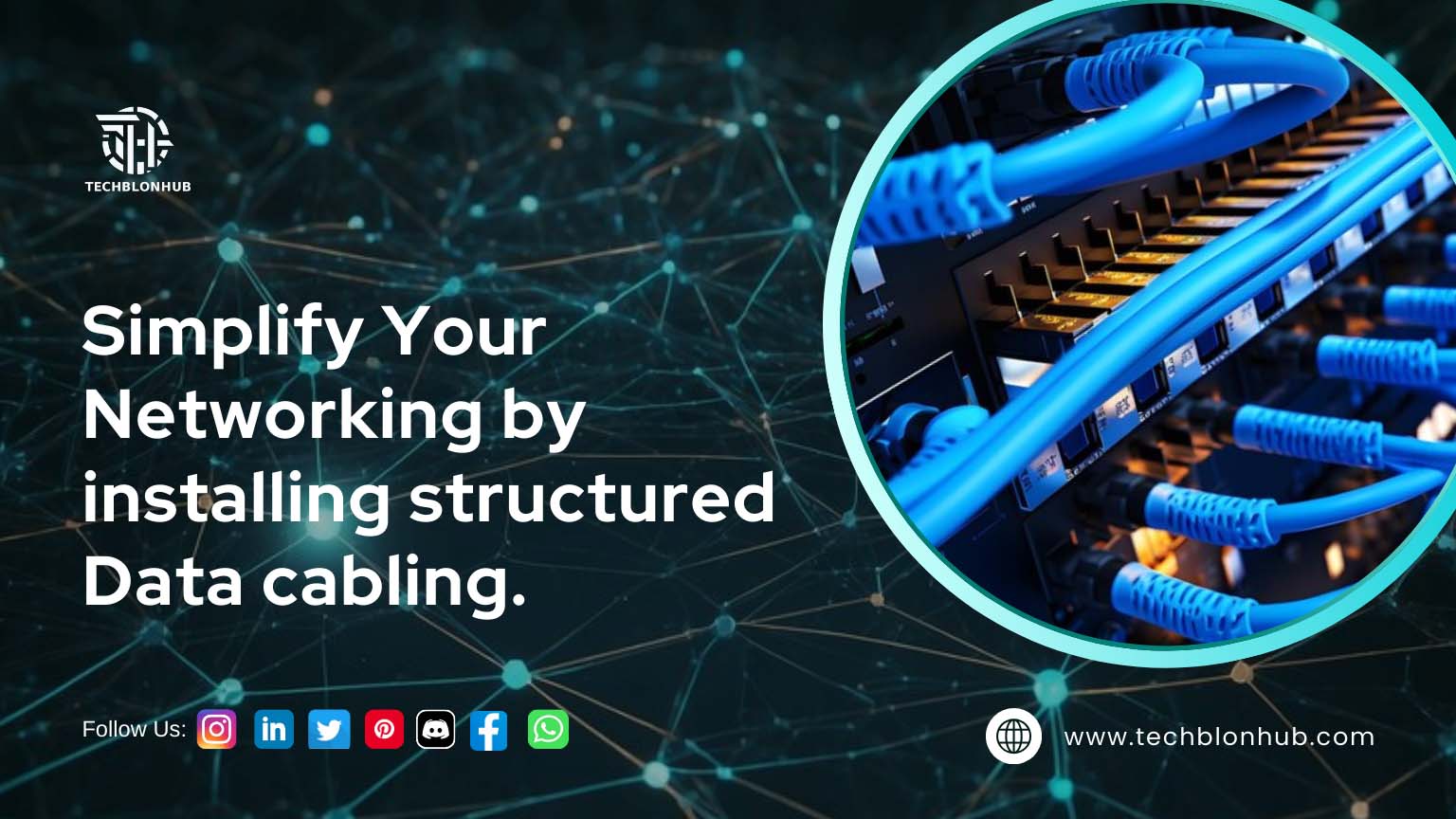In the world of networking, the term structure cabling and network-cabling-installation is often thrown around now and then… so let us first understand the term Structured Cabling!
Structured Data Cabling Installation is a type of process that supports the performance of an organization’s cabling system or network.
Structured cabling ensures proper cable arrangement to support multiple hardware uses, making it suitable for both today’s needs and future demands.
Voice and data cabling, structured cabling, Ethernet cabling, wiring, and network cables all fall under the umbrella of structured cabling. This system forms the critical backbone of communication and IT networking systems.
Read more:-
“Structured cabling is the backbone of seamless data and voice communication. With the right planning, organization, and technology, you can ensure a scalable and efficient network that stands the test of time.”
Structured Data Cabling Installation is controlled by a set of standards and subsystems that specify wiring data centers, offices, and apartment buildings for data or voice communications.
In today’s competitive business world, having an adaptable and scalable IT infrastructure is vital for responding quickly to industry changes. A structured cabling system offers significant benefits, including high bandwidth, making it a reliable choice for businesses both now and in the future.
An organized cabling system brings simplicity and efficiency. It provides a cost-effective solution that ensures a continuous flow of information and meets high demands.
This system offers enhanced flexibility. For example, office IP phone systems can run both telephone and computer services on the same wiring, eliminating the need for separate phone cables.
Its flexibility also allows for easy relocation, as the system can be dismantled and moved to a new office location.
A well-planned cabling system simplifies troubleshooting, reduces downtime, and minimizes human error.
Improve your network with quality cabling from our experienced engineers at Itnetworks. We are committed to designing, constructing, and installing telecommunication systems that meet both current and future needs.







This article provides a thorough overview of the network cabling installation process, offering valuable insights into the importance of proper planning, quality materials, and professional installation. The breakdown of different types of cables, such as CAT5e, CAT6, and fiber optics, helps clarify their specific uses and benefits, ensuring that the right choice is made for different needs. I also appreciate the focus on the long-term benefits of proper installation, such as improved network speed and reliability. It’s clear that a well-executed network cabling installation is the foundation for a smooth and efficient digital experience. A highly informative resource for anyone looking to enhance their network infrastructure!
The article on TechBlonHub highlights the importance of structured cabling in network installations, detailing its role as the backbone of modern IT systems. It explains how structured cabling supports scalability, high performance, and easier maintenance for businesses and homes. The guide emphasizes the value of proper planning and professional installation to ensure flexibility and long-term reliability in networking.